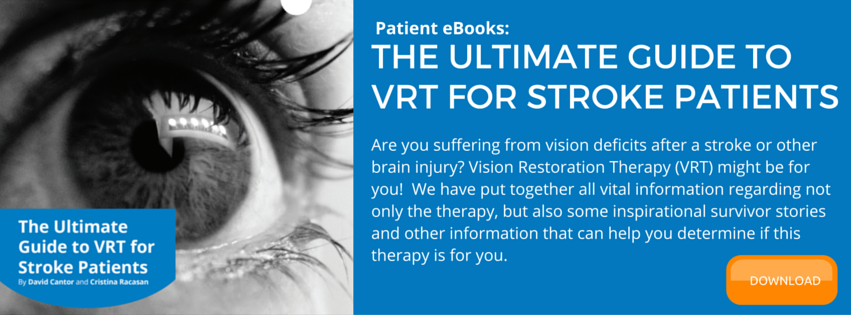Every forty seconds someone has a stroke. In the US alone, there are eight million stroke survivors!
Half of the stroke recurrences happen within the first week. Peter M. Rothwell, MD, Ph.D., of Oxford University, England and colleagues found that 5.1% of patients with an initial transient ischemic attack had a stroke within the next 24 hours. These early reoccurrences accounted for 52% of all strokes that happened over the next seven days and 42% of all strokes that occurred during the first 30 days, they reported in the June 2 issue of Neurology.
While you might now be able to ward off these early recurrences with changes of diet or sleeping patterns, you will lower your long-term risk of ever having a stroke again. In fact, there are many factors well within your control that you can do to decrease your risk of stroke.
Here are eight powerful ways how you can take charge to control your risks before a stroke has the opportunity to strike again.
 1. Lower Your Blood Pressure
1. Lower Your Blood Pressure
Uncontrolled high blood pressure can quadruple your risk of a stroke. Here are a few tips to help you mitigate that risk:
Don’t eat more than about half a teaspoon of salt a day.
Eat a balanced diet of fruits, vegetables, whole grains, low-fat dairy, and fish.
Stay away from high-cholesterol foods like ice cream, cheese, and burgers.
See your doctor if you can’t control it on your own, even with a good diet. You may need medication to help bring down your blood pressure, since it could be your genetics that is keeping it high.
2. Get Treatment For Depression
Suffering from untreated depression makes you 29% more likely to experience a stroke.
This doesn’t happen from the depression itself, necessarily. Rather, depression tends to lead to things like smoking, weight gain, lack of exercise, high blood pressure, and diabetes. Each of these things can increase your risk.
3. Start Exercising More
A 2012 study revealed that women who walked 30 minutes a day, six days a week reduced their risk of stroke compared to those that didn’t walk. Exercise doesn’t have to be long or strenuous. Just get active and move around for a few minutes each day.
4. Keep An Eye On Your Heart
An irregular heartbeat creates clots in the heart. Those clots, in turn, travel to the brain and cause a stroke. Atrial fibrillation — a form of irregular heartbeat — increases your risk of a stroke by five times. If you notice something off with your heart, see a doctor right away.
5. Don’t Get Too Much Sleep
Sleeping more than 10 hours a night can increase risk by 63%. Studies also suggest that long sleepers are twice as likely to develop metabolic syndrome, a condition that raises the risk of stroke, diabetes, and heart disease. Instead, try to get the recommended 7-8 hours a night.
6. Eat Heart-Healthy Foods
The food you eat has a direct impact on your health. Having a diet rich in nutrient-dense foods can reduce stroke by 20% — for example:
- Sweet Potatoes
- Raisins
- Bananas
- Tomato Paste
- Fruits
- Veggies
- Poultry
- Fish
- Low-Fat Dairy
7. Use Olive Oil In Everything
An observational study of adults over 65 years old revealed that using olive oil on a regular basis reduced their risk by 40%. You can incorporate it into several aspects of your diet. Use it for sautéing, frying and baking all that healthy food mentioned in the section above.
8. Use The Think FAST Method
With strokes, time is crucial. Understanding the signs and symptoms may prevent a severe attack by noticing it in time. In order to do that, use the FAST mnemonic method:
-
Face: facial droopiness, vision disturbance, uneven smile, numbness
-
Arm & Leg: numbness, weakness, difficulty walking
-
Speech: inappropriate words, slurred, mute
-
Time: notice and treat the signs as soon as possible
A stroke can be a terrifying, debilitating experience. Doing everything possible to decrease your chances is not only smart, but it could save your life. Apply these eight things into your everyday life and improve your chances of never having a stroke again!



